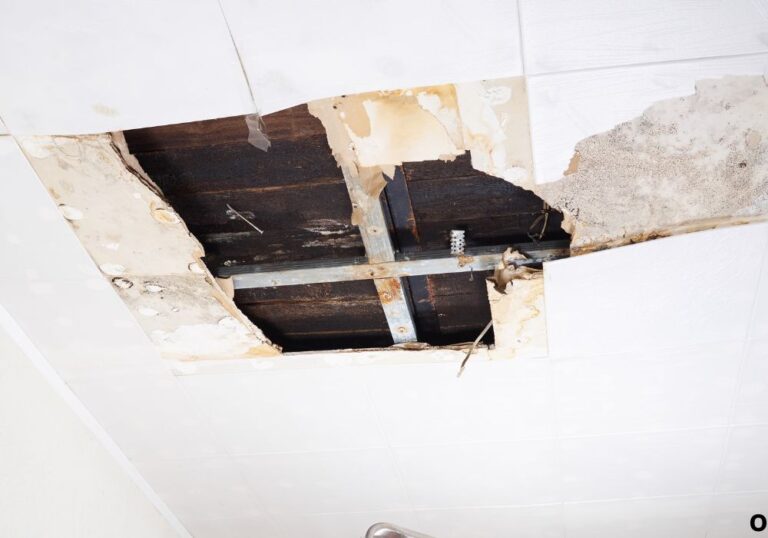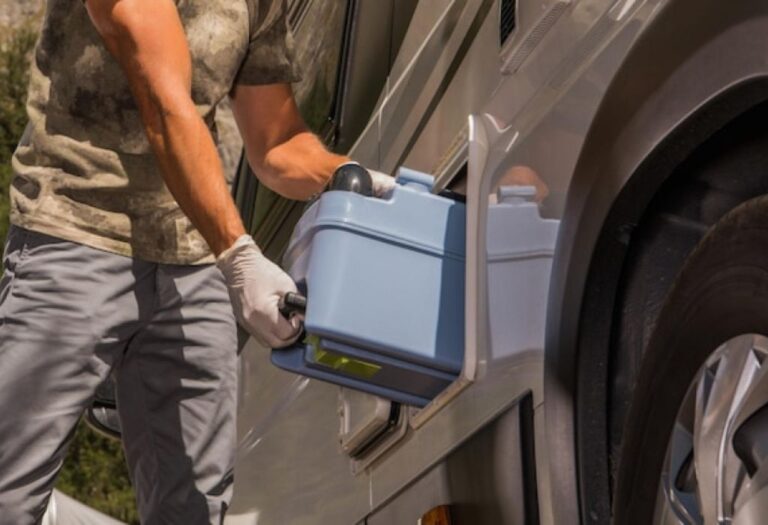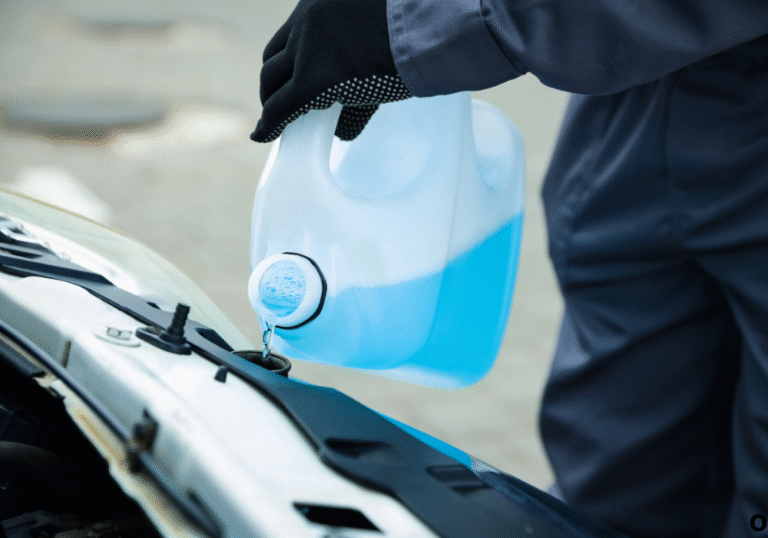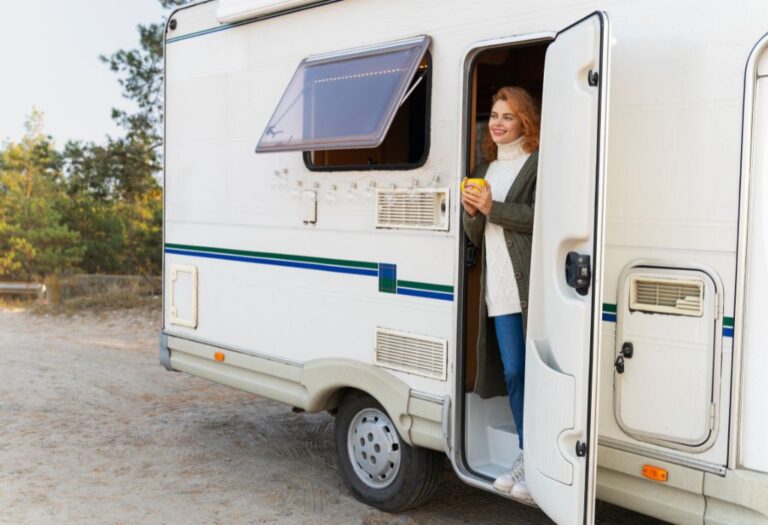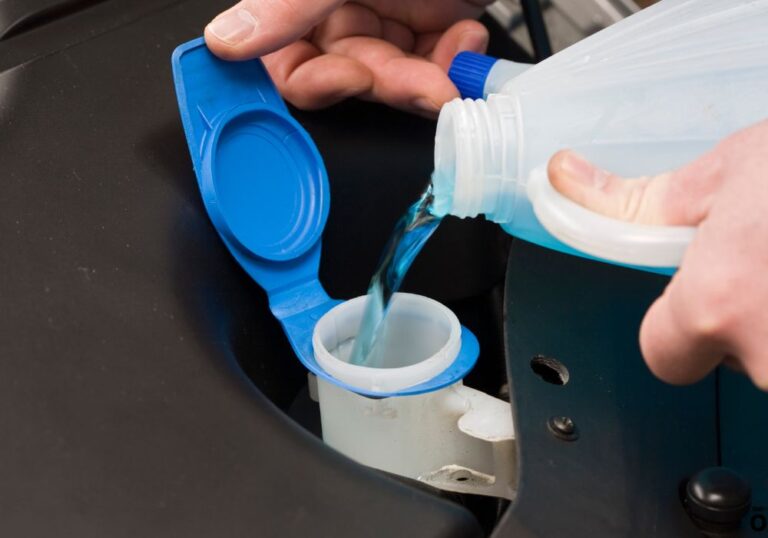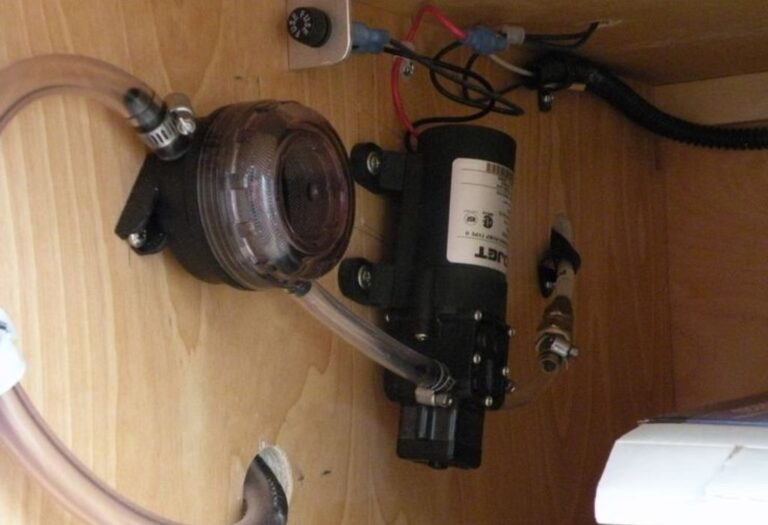How Does an RV Water Pump Work? Full Breakdown
Picture yourself setting up camp after a long drive, ready to relax with a hot shower. You turn on the faucet, but only a weak sputter of air comes out.
In that moment, the humble RV water pump suddenly becomes the most important part of your trip.
This small 12-volt device is responsible for delivering pressurized water to your sinks, shower, and toilet. Without it, you would have to carry water manually, making even the simplest tasks far more difficult.
For many RV owners, the pump only gets attention once it stops working.
What makes the RV water pump unique is its ability to provide steady pressure on demand.
It delivers water at 30–50 PSI, which is strong enough to mimic home plumbing.
A built-in switch automatically turns the pump on when pressure drops and off again when demand stops.
According to the Recreational Vehicle Industry Association (RVIA), more than 85% of RVs in North America use diaphragm-style pumps (RVIA).
That means nearly every camper relies on this small but mighty tool for daily comfort. Understanding how it works is essential for maintenance, troubleshooting, and upgrades.
What Is an RV Water Pump?
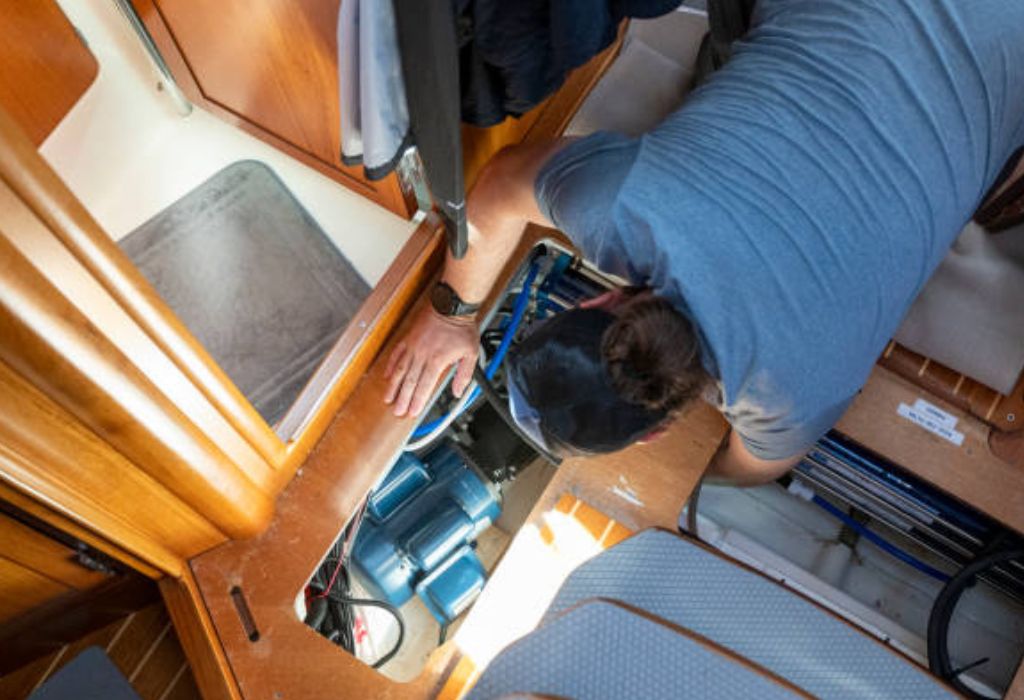
An RV water pump is a 12V-powered device that moves water from the fresh tank to the RV’s plumbing system. It provides consistent water pressure, allowing you to use sinks, showers, and toilets just as you would at home. Without it, dry camping would mean hauling buckets of water every time you needed to wash or clean.
The pump works as the backbone of the RV water system. By building pressure in the lines, it ensures that water flows whenever you open a tap. It functions automatically, switching on when pressure drops and shutting off once pressure is restored.
These pumps are compact but powerful. They use a motor, diaphragm, and valves to generate suction and push water into the plumbing. Most are designed to handle pressures of around 40 PSI, which is ideal for RV fixtures.
Most RVs come with a built-in water pump, especially those intended for off-grid camping. Whether you’re in a travel trailer, motorhome, or fifth wheel, the pump is an essential part of daily convenience.
What does an RV water pump do?
It delivers water from the fresh tank to sinks, showers, and toilets.
What powers it?
It runs on a 12-volt battery system or through the RV’s converter.
Does it stay on all the time?
No, it cycles on and off based on pressure demand.
Can it run dry safely?
No, running dry can damage the diaphragm and motor.
Do all RVs have one?
Most modern RVs are equipped with pumps, especially for off-grid use.
How Does an RV Water Pump Work?
The working principle of the RV water pump is both simple and effective. When you open a faucet, pressure in the plumbing system drops. A sensor detects this drop, and the pump automatically switches on to restore pressure.
Inside, the motor powers a diaphragm that creates suction, pulling water from the fresh tank. As the diaphragm pulses, water is pushed into the lines, building up pressure. This provides a steady flow at the sink or shower.
Once you close the faucet, pressure quickly rebuilds. The pressure switch then turns the pump off, preventing unnecessary power use. This on-demand cycle ensures that the pump runs only when needed.
Most RV pumps are set to deliver between 30–50 PSI. This range is strong enough for daily use but safe enough for RV plumbing systems. The entire process repeats every time you turn a tap or flush the toilet.
What triggers the pump?
A drop in pressure when a faucet opens.
How does it know to stop?
A built-in switch shuts it down when pressure is restored.
What PSI is typical?
Around 40 PSI for most RV water pumps.
Does it work with city water?
No, city water bypasses the pump system.
Why use 12 volts?
It allows operation even when off-grid using RV batteries.
Types of RV Water Pumps
Not all RV water pumps are identical. Different types are designed for specific needs, and each has unique strengths.
The most common type is the diaphragm pump. These pumps are self-priming, reliable, and compact, making them ideal for most RV setups. They work by using flexible diaphragms that expand and contract, creating suction to pull water and push it into the system.
Centrifugal pumps are less common but still worth noting. They use spinning impellers to move water at higher flow rates. While powerful, they are not as efficient for RV use because they struggle with suction and self-priming.
Variable-speed pumps are becoming increasingly popular. Unlike standard pumps that turn on and off abruptly, variable-speed models adjust their power based on demand. This makes them quieter, smoother, and more efficient.
Which type is most common?
Diaphragm pumps dominate the RV market.
Which is the quietest?
Variable-speed pumps provide smoother, quieter operation.
Do all pumps self-prime?
Most diaphragm pumps do, but centrifugal pumps may not.
Which type is best for upgrades?
Variable-speed pumps are ideal for performance improvements.
Are centrifugal pumps common in RVs?
No, they are rare and mostly used in specialty cases.
Common Problems with RV Water Pumps
Like any mechanical device, RV water pumps face issues over time. Knowing the common problems helps prevent frustration on the road.
One of the most frequent issues is a pump that won’t stop running. This usually points to a leak, faulty pressure switch, or air trapped in the system. Continuous running wastes energy and can shorten the pump’s lifespan.
Another common problem is no water flow at all. This may happen if the fresh tank is empty, filters are clogged, or the pump loses its prime. Checking these basics usually resolves the issue quickly.
Noise is also a concern for many RV owners. Pumps that rattle or vibrate often have loose fittings or worn parts. Sometimes noise is caused by the pump not being mounted on shock-absorbing material.
Low water pressure is another common complaint. This can be due to clogs, leaks, or simply an aging pump that no longer performs at its best. Addressing these issues early helps keep the system working smoothly.
Why won’t my pump stop?
There may be a leak or a pressure switch issue.
Why no water flow?
Check the fresh tank and clean the filters.
Why is my pump noisy?
Loose mounts or cavitation may be causing vibration.
Why weak pressure?
Aging parts or clogs may be reducing performance.
Why inconsistent flow?
Air bubbles or faulty valves may be the culprit.
Maintenance Tips for RV Water Pumps
Proper maintenance keeps your RV water pump working for years. Small steps go a long way in preventing breakdowns during trips.
Cleaning the water pump filter regularly is one of the most important tasks. Filters catch debris before it enters the pump, and ignoring them can lead to clogs or even pump damage.
Winterizing your pump is also crucial in colder climates. Water left inside the pump can freeze, expand, and cause cracks. Always drain or use antifreeze before storing your RV in freezing weather.
Avoid running the pump dry at all costs. Even a few minutes of dry operation can damage the diaphragm and motor. Keeping an eye on your tank level helps prevent this.
Most RV pumps last between 4 and 8 years when maintained properly. Rebuild kits are often available, making it cheaper to repair a pump rather than replace it entirely.
How often clean the filter?
Every few trips or when flow seems restricted.
Do pumps need lubrication?
No, they are sealed and maintenance-free.
Can freezing damage them?
Yes, always winterize to prevent cracks.
How long do pumps last?
On average, 4–8 years.
Can they be repaired?
Yes, with rebuild kits for many models.
Upgrading an RV Water Pump
Upgrading your pump can improve water pressure, flow, and efficiency. Many RV owners replace factory pumps with stronger or quieter models.
Modern variable-speed pumps are among the most popular upgrades. They adjust automatically to demand, reducing noise and cycling. This creates a more natural water flow, closer to what you’d expect at home.
Higher-capacity pumps are another option. While most standard pumps deliver 3–4 GPM, upgraded versions can provide 5+ GPM. This is especially useful for larger RVs with multiple users.
Upgrades are usually straightforward to install. Most pumps are designed as direct replacements, making the swap quick and easy with basic tools.
Why upgrade a pump?
For better performance and quieter operation.
What’s a good flow rate?
3–5 GPM is ideal for most RVs.
Do upgrades save energy?
Yes, modern models are more efficient.
Is installation complex?
No, most are plug-and-play.
Are they worth the cost?
Yes, especially for comfort and reliability.
Safety and Efficiency Tips
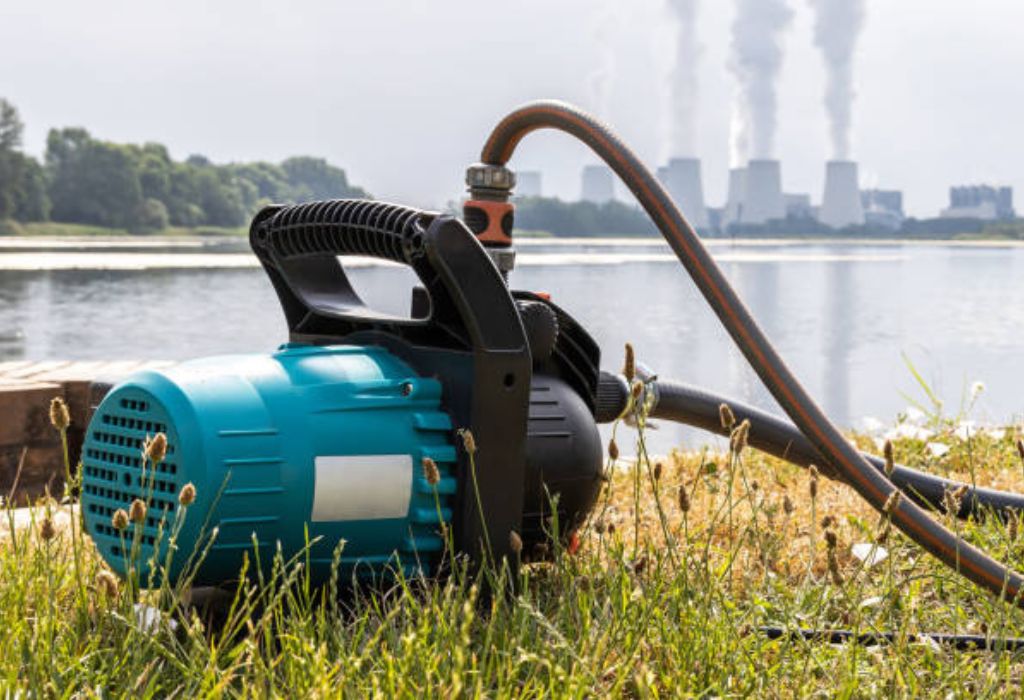
Using your RV water pump properly keeps your plumbing safe and efficient. Small habits make a big difference in performance and lifespan.
Always turn the pump off when leaving your RV. If a leak develops while you’re gone, the pump could run continuously and flood the RV.
Never let the pump run dry. Doing so can damage the diaphragm and motor within minutes. Monitoring your fresh tank levels helps prevent this.
Keep your pump within safe PSI ranges. Anything above 60 PSI can damage RV plumbing and fixtures. Installing a pressure regulator is a good safety measure.
Finally, ensure your pump is protected with the right fuse. Electrical surges or shorts can damage pumps without proper circuit protection.
Should I turn off the pump when traveling?
Yes, to prevent leaks or flooding.
What happens if it runs dry?
The pump may overheat and fail.
Can high PSI damage plumbing?
Yes, keep it under 60 PSI.
Does it need a fuse?
Yes, always use proper circuit protection.
Can I use it with city water?
No, city water bypasses the pump entirely.
Conclusion
The RV water pump may be small, but it plays a massive role in daily comfort. Without it, simple tasks like cooking, cleaning, and showering would be far more difficult.
By learning how an RV water pump works, you can troubleshoot problems, perform maintenance, and even upgrade for better performance. This knowledge prevents costly repairs and keeps your adventures stress-free.
With proper care, an RV pump can last many years. Regular checks, cleaning, and safe operation ensure that water always flows when you need it most.
Whether you’re boondocking in the desert or camping deep in the forest, your water pump is your lifeline. Treat it well, and it will serve you faithfully on every journey.
I’m David R. Coleman, the founder, lead writer, and lifelong tool enthusiast behind GarageToolPro.com. With years of experience in automotive repair, woodworking, and home DIY projects, I created this platform to share practical tips, detailed tool reviews, and step-by-step guides that help mechanics, hobbyists, and homeowners get the job done right the first time.

